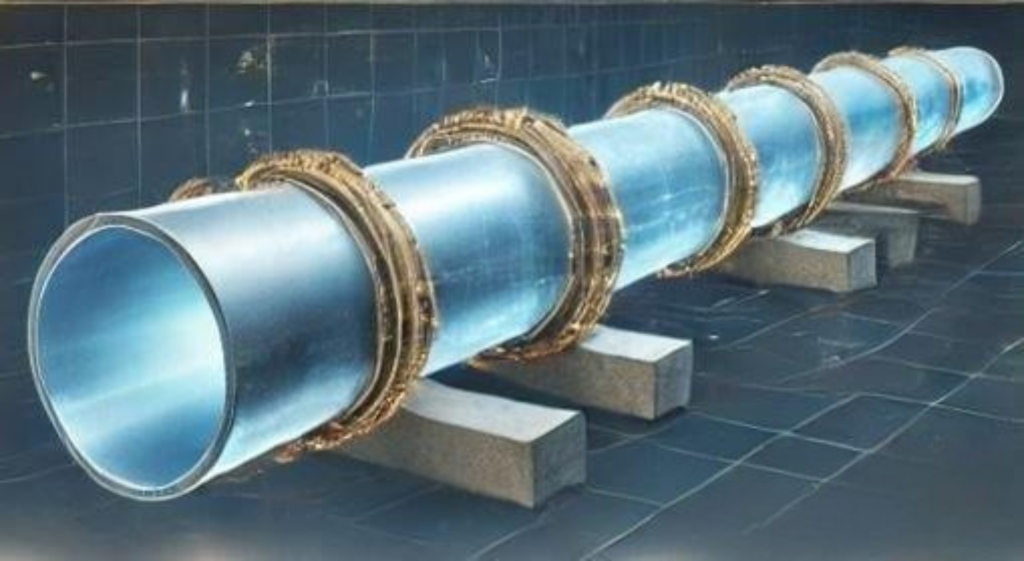KAPA™- B31G Tool for Pipe Assessment

Introduction to KAPA™
“KAPA™” stands for “Kiefner and Associates Pipe Assessment.” It is a powerful tool specifically designed to calculate the estimated failure pressure of pipelines affected by various types of defects, including blunt metal-loss defects and crack-like defects. Developed in accordance with published methodologies revered in the industry, KAPA™ stands out as an invaluable asset for pipeline integrity evaluation.
Assessment of Blunt Metal-Loss Defects
Blunt metal-loss defects can arise from factors like corrosion or deliberate removal of metal through grinding. KAPA™ leverages three principal methods to calculate the estimated failure pressure for such defects:
- ASME B31G Method: Recognized as Level 1a in the ASME B31G-1991 (Reaffirmed 2004) standard.
- Modified B31G Method (0.85-dL Method): Known as Level 1b in the standard and elaborated in the August 1990 issues of the Oil & Gas Journal.
- Effective Area Method: Defined as Level 2 in the B31G-1991 (Reaffirmed 2004) standard, this method was also mentioned in the Oil & Gas Journal.
Crack-Like Defect Assessment
Crack-like defects, typically resulting from Stress Corrosion Cracking (SCC), are evaluated in KAPA™ using the modified log-secant formula. This equation, published in the Oil and Gas Journal in October 2008, refines the original log-secant or NG-18 formula that had its roots in a 1973 publication by ASTM. KAPA takes the assessment a notch higher by seamlessly integrating the Effective Area Method with the modified log-secant equation.
Compliance with Federal Regulations
Operators’ use of KAPA™ for evaluating flaws, particularly corrosion, aligns with federal regulations. The provision in Paragraphs 192.485(c) and 195.587 underscores the validity of KAPA’s approach, referencing the procedures in the ASME/ANSI B31G standard and the AGA Pipeline Research Committee Project.
KAPA™
KAPA™ embodies the ethos of fairness and accessibility. Recognizing that the pipeline industry already funded the foundational research and subsequent methodologies, KAPA™ is free and accessible. It can be downloaded, copied, and shared without any restrictions or licensing fees. This commitment ensures that tools derived from publicly funded research remain accessible to the community they aim to serve.
SPREADSHEETS
KAPA™ is fully supported by Kiefner.
KAPA™ is an acronym developed by Kiefner (Kiefner and Associates Pipe Assessment).
Kiefner maintains the KAPA™ spreadsheet, which is available for download below. The equations used to program KAPA™ are in the public domain, but they are still suitable methods for calculating a pipe’s remaining strength.
Please continue to use the spreadsheet available for download. It remains a valid tool for conducting B31G, Modified B31G, and Effective Area Method calculations. We do not support KAPA™ spreadsheets that you have obtained from a third party.
For more information on accessing KAPA™ for your use, please contact us at [email protected].

